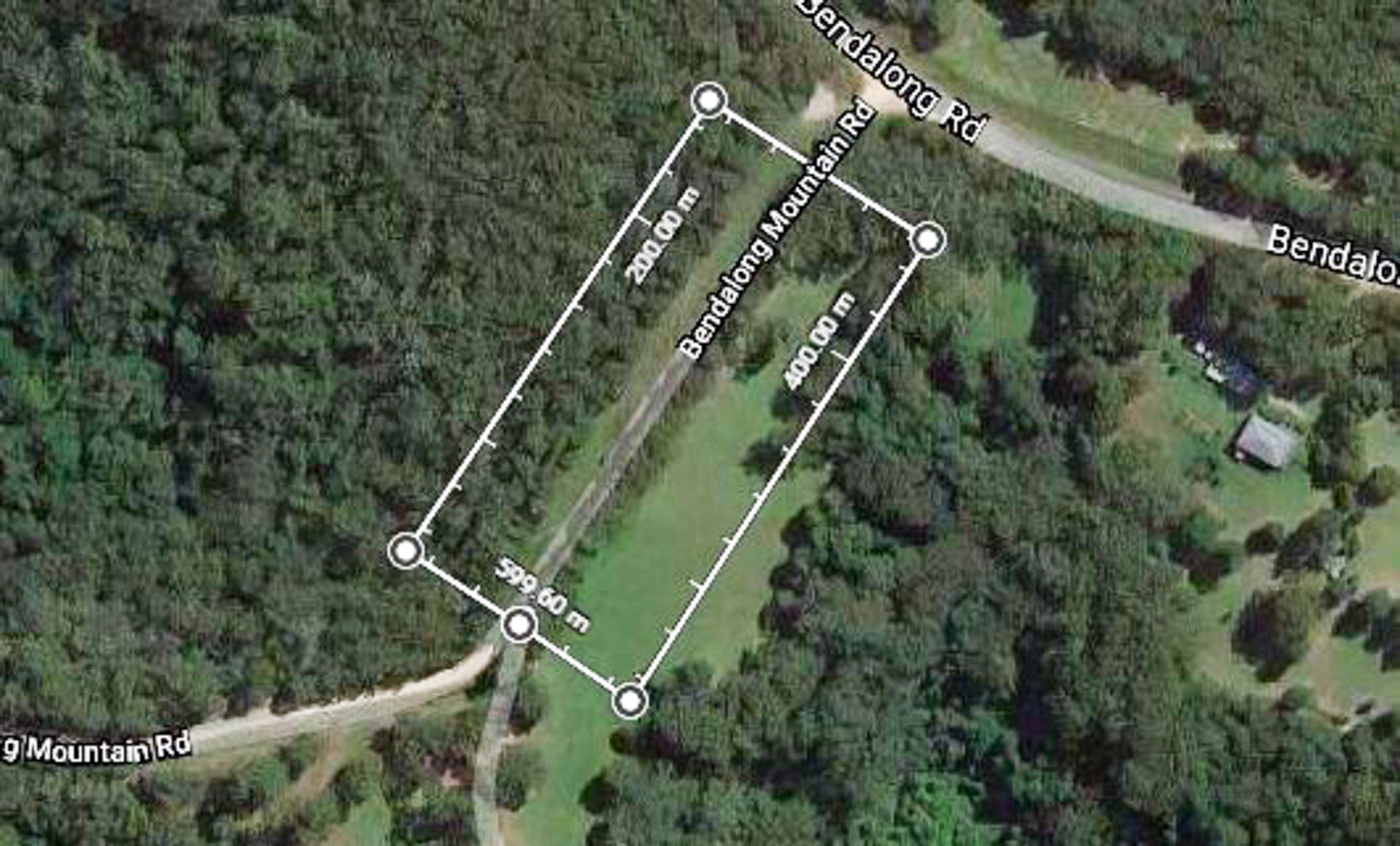Birds on New South Wale’s south coast seem to have recovered in some areas after the Currowan bush fire. The birds below were all photographed in a coastal village garden where numbers felt more like pre-fire levels. But a walk up on the escarpment to Mount Bushwalker was a stark reminder ot the devastation wreaked by that fire, with vast areas of dead Banksias and their replacements still only knee-high.
This Southern Boobook was a welcome companion while in the garden directly below.
Eastern Spoonbills are expert a exploiting the nectar from introduced Salvia and a Plumbago in the back garden.
The Satin Bowerbird has moved its bower to another spot, but still frequents the garden.
A visiting Golden Whistler, resting in a Coastal Banksia that has succumbed to too much rain.
Rainbow Lorikeets werer back in force.
This tangle of Banksias on the walk to Mount Bushwalker is a stark reminder of the damage caused by the Currowan bush fire back in January 2000. Many species are still absent especially the honeyeaters.






























